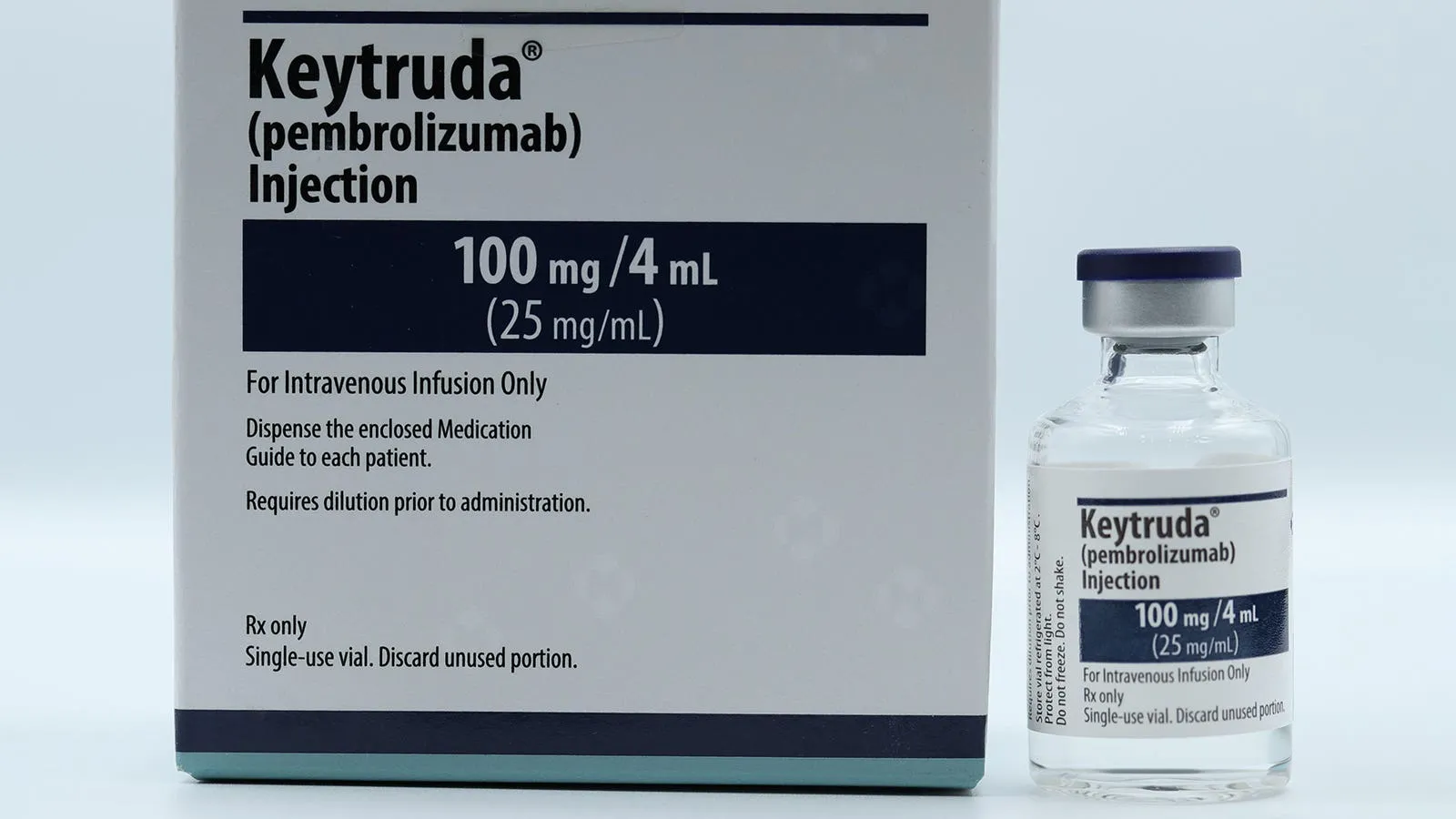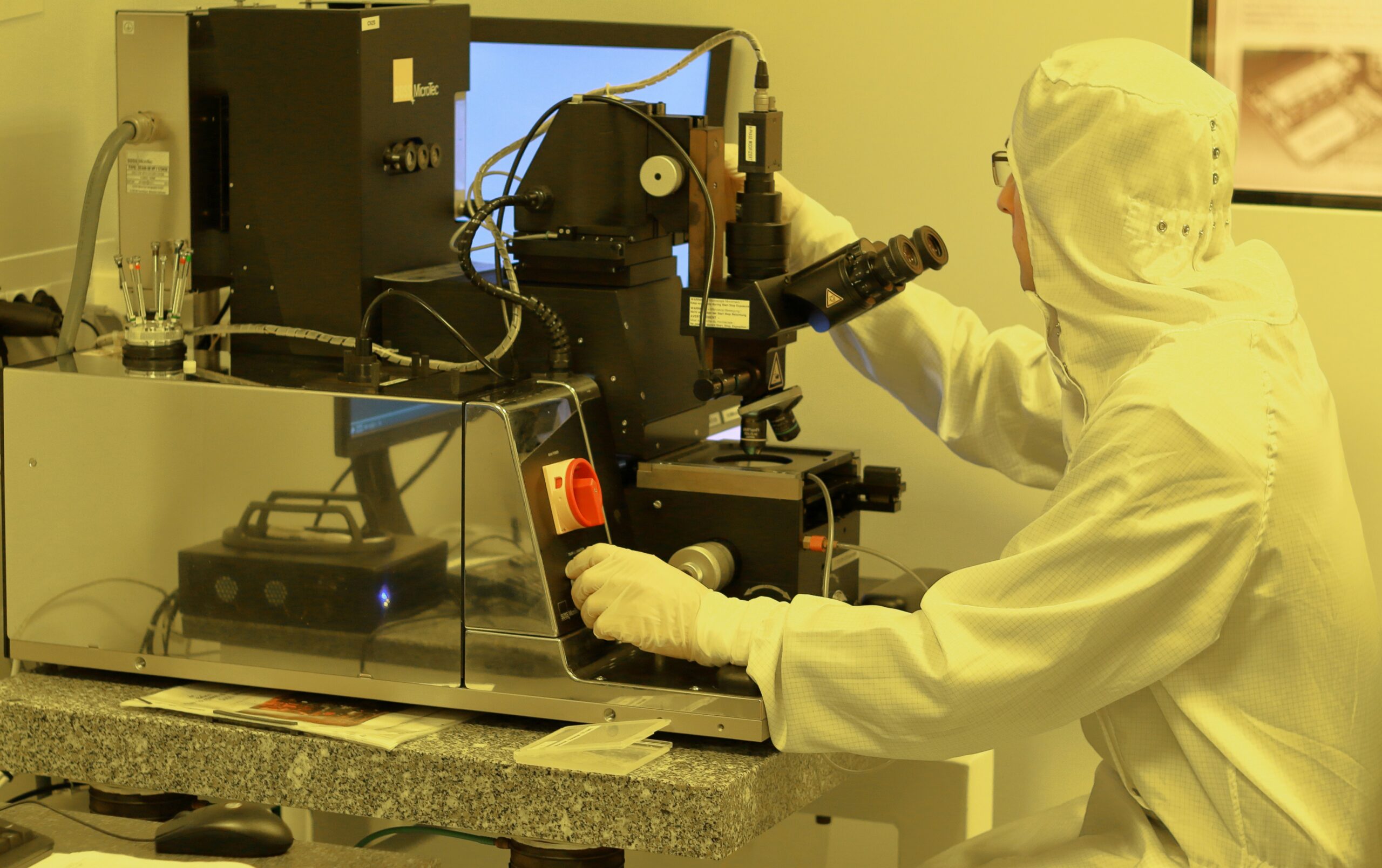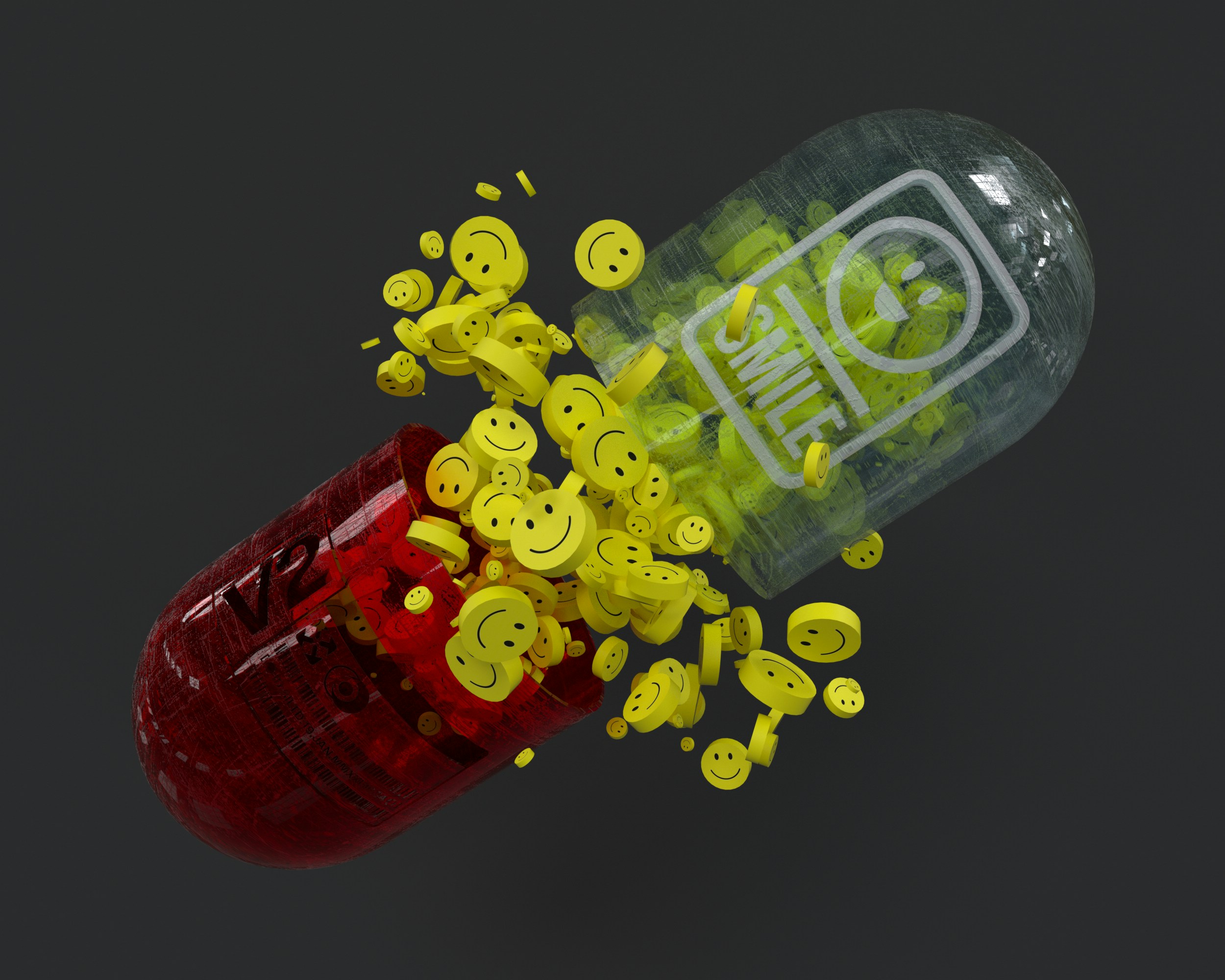Big moves in U.S. biotech today: the FDA has approved a subcutaneous (injected) version of Merck’s Keytruda, meaning cancer patients can now receive treatment in a rapid, 1-to-2 minute injection versus a lengthy IV infusion. Meanwhile, a federal rule imposing stricter oversight on lab-developed tests (LDTs) has been overturned following a court decision. Both changes could change how clinicians deliver care, how labs innovate, and how regulatory burdens shift in biotech. (Reuters; Reuters)
Keytruda Just Got More Patient-Friendly
Merck’s new Keytruda formulation marketed as Keytruda Qlex is a game changer for many cancer patients. The injectable version (subcutaneous) slashes administration time dramatically compared to the conventional IV infusion, which often takes 30 minutes or more. This could reduce hospital visits, needle anxiety, and burden on infusion centers, especially in regions with limited oncology infrastructure. The FDA expects it to be available in the U.S. imminently. Clinical trial data showed comparable efficacy and safety to the IV version.
Why the LDT Oversight Rollback Matters
The FDA’s rule, implemented in April 2024, increased oversight of lab-developed diagnostic tests, which are designed and used within single laboratories to detect things like genetic mutations, cancer markers, or disease indicators. Critics argued the rule added excessive regulatory burden and could limit access. A U.S. District Court in Texas vacated the regulation, and the FDA is now formally rescinding it. Supporters of the rollback believe this will help labs innovate more freely and lower costs, though opponents warn it could reduce assurances of test accuracy and patient safety.
How These Shifts Interact
Both developments speak to a broader trend: balancing patient access, convenience, and innovation against safety and oversight. By making Keytruda easier to administer, Merck reduces patient friction. By removing stricter oversight on lab-developed tests, the regulatory environment loosens upbut possibly at the cost of fewer checks on test quality.
What It Means for U.S. & EU Biotech Ecosystems
In the U.S., pharma firms may accelerate development of new injectable therapies, especially for immunotherapies where IV infusions have been the norm. Lab and diagnostic companies will welcome reduced regulatory burdens but may face greater scrutiny from insurers, hospitals, and patients if test results are less reliable or standardization declines. In Europe, regulators are watching these changes closely. Many EU countries emphasize strong regulation in diagnostics and drug approvals. If U.S. relaxes oversight, there may be pressure in Europe to either match or differentiate in ways that affect patient safety, trade, and cross-border diagnostics.
Risks & What to Watch Out For
- Injected Keytruda, while offering convenience, needs rigorous post-approval safety monitoring particularly around injection site reactions or immunologic risk in subcutaneous use.
- For LDTs, without sufficient checks, diagnostic errors (false positives, false negatives) can lead to misdiagnoses, inappropriate treatment, or increased healthcare costs.
- Payor and insurance coverage could lag: if these new formats cost more (or if regulation loosening increases variability), payers may delay or limit reimbursement.
- Patients will need clear info on what changes mean: shorter visits are great, but transparency about test accuracy and drug delivery method will matter for trust.
Why It’s a Big Deal Right Now
These are not minor tweaks they represent shifts in how biotech regulation and delivery are evolving. A push toward ease, speed, and patient comfort (in Keytruda’s case), paired with regulatory rollback, signals that biotech policy is tilting toward activation and accessibility. For patients, fewer barriers. For companies, faster pipelines. But the trade-offs will need careful navigation.
My Take
This could be one of those weeks that biotech insiders reference as pivotal. Keytruda’s injected form reflects real patient-centric innovation, not just incremental improvements. The rollback of the LDT oversight rule shows that regulatory pressure is being rebalanced in favor of accessibility and innovation but that balance is delicate. Biotech thrives when regulation is rigorous but responsive. The path ahead must ensure that convenience doesn’t come at the cost of safety. If we get that right, these changes could mean more accessible cancer treatments and diagnostics for thousands. If we get it wrong, trust and outcomes could be the casualties.







